Marc Silber's Blog, page 2
April 29, 2022
Continuing to Decode the Secrets of Photography
Continuing our look at the Cycle of Photography as the decoder ring, we get to your camera and equipment. it can be confusing, but I’m going to help you demystify it. An important key is something Bob Holmes has spoken about: you need to learn to see as your camera sees. Our cameras don’t have as much of a dynamic range as our eyes. But how can we know what our cameras see? Here are some action items to learn how to see as your camera sees:
Go and photograph a scene.Take careful note of how it looks to your eyes.Now look at it on a computer and compare.Repeat as often as you need to see how your camera sees in different conditions.CaptureThe next stage in the Cycle of Photography is Capture. Now that means a blending of your vision with using your camera. One part of capture is composition. Here are some tips to help you get started on composition.
Don’t get hung up in the “rules” of composition.Train your eye.Use your skills of visualization.There are guides that can help you compose, not “rules” or inflexible laws, tools that you can choose to use or not.Another aspect is lighting, which can be very confusing. You have to learn to observe, and that means to be able to notice things especially significant or worthy of detail. You walk into a room, and you find the source of light? If you have a fluorescent light up ahead of overhead, maybe you want to turn it off because it’s going to put green and other weird colors into your image that you may not like.
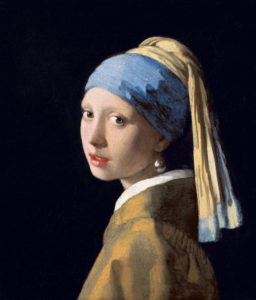
Vermeer’s Girl with a Pearl Earring from Rijksmuseum.
One way to learn how to observe light is to look at classical painters. Take Vermeer’s The Girl with the Pearl Earring. He used one light source coming through a north facing window. Rembrandt is another one. Our friend Fletch Murray did a reenactment of Rembrandt as a photograph, as you can see. The more of these tools you have at your disposal, the more you can capture the kind of image that you really want.
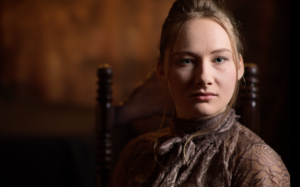
A photo from Fletcher Murray recreating Rembrandt lighting.
ProcessingThe next stage of our decoder ring is Processing. You want to have a really good processing rhythm. You want to know when you go into your processing software what you’re working with. What sliders do you need to use? One of our past guests, Richard Rodin, a photoshop expert, said that he only uses about 10% or 15% of it. But he really knows those tools. He knows all the other ones, but he’s only on a daily basis ever using about 10% or 15%. And it’s the same thing with every software platform. You can easily get thrown off and confused by the number of choices and sliders, but in actual fact, you need to know a handful really well.
SharingAnd then finally sharing your work, you came to the final stage. This is what’s really satisfying, getting your work out to the world, sharing your work with others. What are the options that you have? In today’s world you have a lot of options, but don’t get stuck on social media as the only way to share your work. There’s so many other ways that you should be aware of. Putting your prints on the wall, getting exhibits, printing books, cards, calendars. There’s all sorts of ways to get your work out to the world.
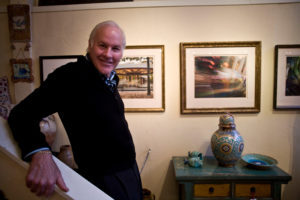
Sharing my work in a gallery.
So be sure to follow us as we continue to dive deeper into this Cycle of Photography and help you decode photography so you can continue to improve your work.
Watch the live stream based on this blog here.
Be sure to keep an eye on our blog as we will be coming out with more content to help you understand the Decoder Ring of the Cycle of Photography.
The post Continuing to Decode the Secrets of Photography appeared first on Advancing Your Photography.
April 15, 2022
The Key to Decoding Photography – Ep 3
Photography can be confusing, between all the gear, software, and more. We’re here to help clear it up and provide you with a decoder ring to help you master your photography and take it to the next level! So join us as we talk about the Cycle of Photography.
Show NotesAction Item: Look at a Scene as a Camera DoesGo and photograph a scene.Take careful note of how it looks to your eyes.Now look at it on a computer and compare.Repeat as often as needed to see how your camera sees in different conditions.Capture: Blending Visualization with Knowing Your CameraDon’t get hung up in the “rules” of composition.Train your eye.Use your skills of visualization.There are guides that can help you compose, not “rules” or inflexible laws, tools that you can chose to use or not.Featured Images.fusion-gallery-1 .fusion-gallery-image {border:0px solid #f6f6f6;}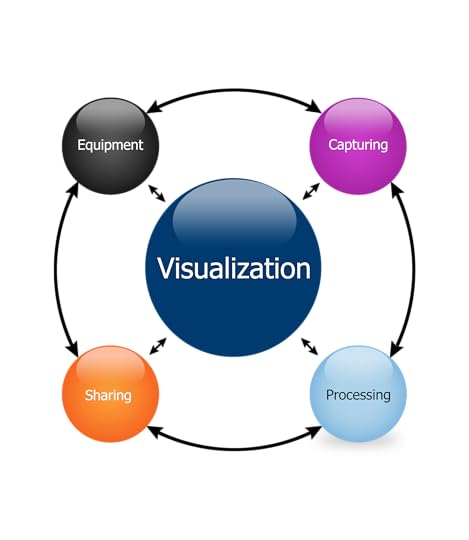
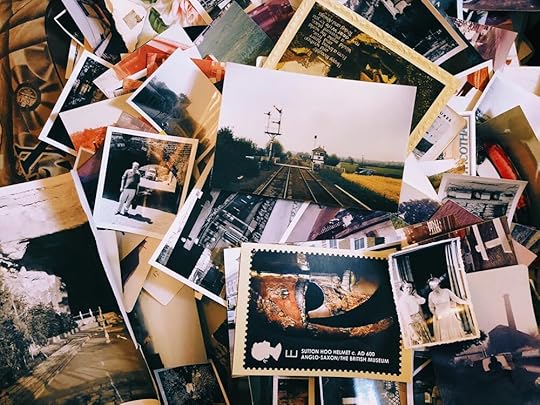
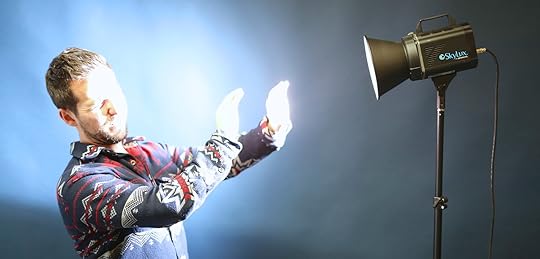

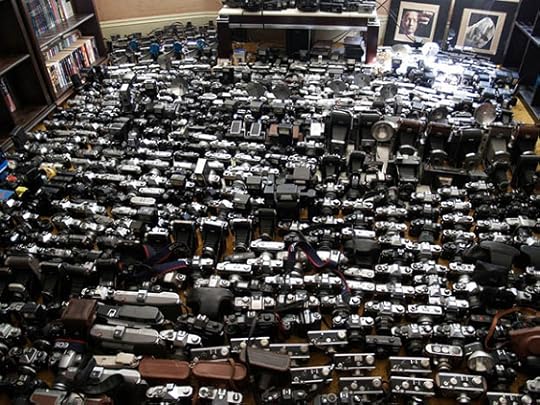
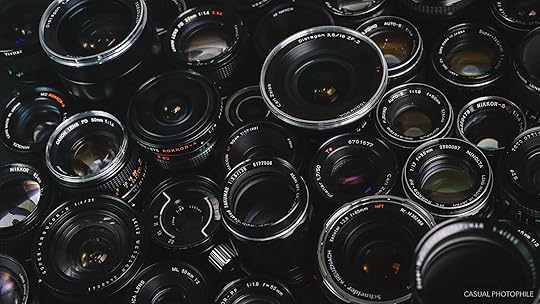
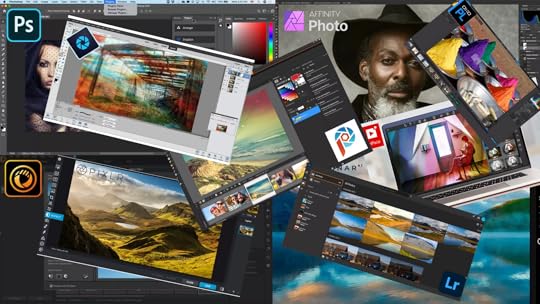
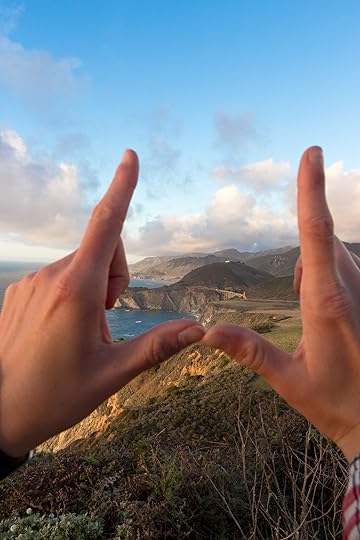
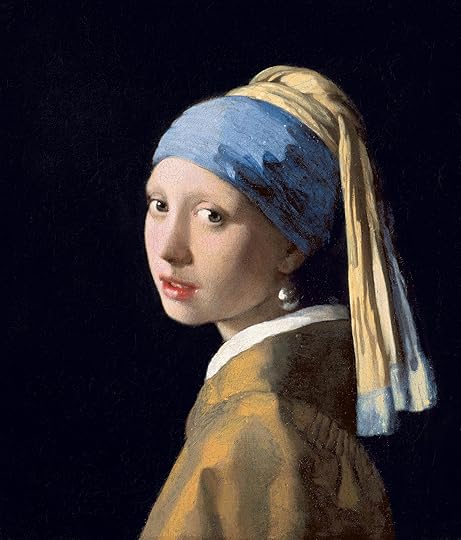
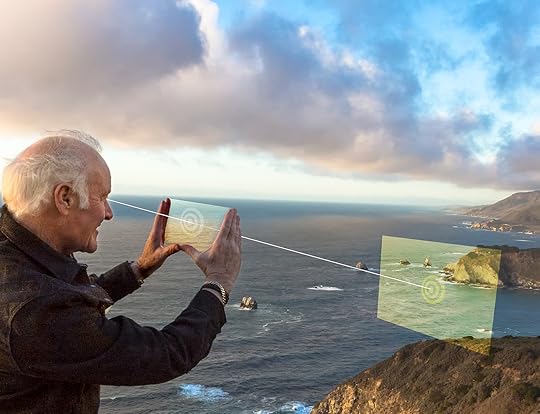 Important Links
Important LinksConnect with Marc Silber
Website | Instagram | Facebook | Twitter | YouTube
More content from this episode:
Get Advancing Your Photography free! Just pay shipping and handling.
Related Blog Post
Buy Create book here
Check out our merchandise
The post The Key to Decoding Photography – Ep 3 appeared first on Advancing Your Photography.
The Secret Decoder of Photography
Have you ever felt confused about photography? I know you’ve been confused because I’ve been confused about photography, and I still am sometimes. Maybe you felt you didn’t know what book to read. There’s so many books out there on photography and classes. Where do you even start?
How about what lens to use? Do you go with a single lens? Do you take everything with you on a shoot? Should you have prime lenses or zoom lenses? There’s so many choices! What do you look for? How do you get out of this maze of confusion? And what camera? I mean, come on, there’s a zillion cameras. Are we going to shoot with film? Are we going to shoot digital with a Mirrorless, DSLR or even an iPhone? And when you pick a camera, what settings will you use? And what about lighting? Should I even use artificial lighting or should I just use natural lighting?
How about processing your images? There’s the main platforms, but maybe you should get into one of the other platforms? Are there basic tools that you need to know or is it all just a big mess?

What processing platform do you use?
Finally, how do you get your work out to the world and should you get your work out to the world?
When people have too many choices, they get confused! If any of these points have ever confused you, you are not alone. They have confused me too. And I had to work my way through it. I really did. And I’m here to tell you that there is a way to decode all this stuff. What if you had the secret answers?
The Cycle of Photography is the “Decoder Ring”A way of looking at it is what if you had a way to decode photography. Like one of those decoder rings from the 50’s.

Well I have done it. I decoded photography for you. I put it in my book Advancing Your Photography. It’s a handbook for how to create photos that you’ll love. But the big secret inside is a secret decoder, which is called the Cycle of Photography. And all those things that I went through with you fit into one cycle, one decoder ring that you can learn. If you follow this, your head will get unscrambled and you’ll know what’s more important than anything else.

The Cycle of Photography
What are all the things you need to know to become an accomplished, confident photographer? Whether you decide to be a pro or not, you should feel like you’re operating as a professional photographer at that level.
Visualization lies at the center of this. Visualization is getting an idea before you press the shutter. What photograph do you want to create?Then you look at what equipment you’re going to use for that photograph.Next you learn to capture. Capturing is lighting and composition. How do you capture it to tell your story?How do you process that image to match your vision of it?Finally, how do you share it with the world?Those are the five points of the “decoder ring”.
VisualizationSo let’s start at the first point. We’ll have more blogs and shows diving into all these points but let’s get a general idea. Visualization means getting an idea before you even press the shutter. You don’t even have to have a camera to look for an image, you can just use your hands.
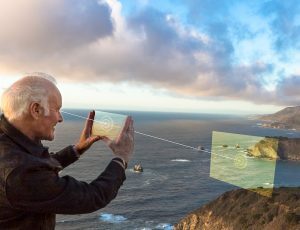
Now, one thing you should be doing is training your eye to always see images. Your eye needs to be trained just like every other muscle. If you’re going to learn tennis, you have to hit that ball over and over until your muscle memory kicks in and you just see the ball coming and you know how to hit it. And your eye is a muscle. It’s much more than a muscle because it receives light and you use that to see images with. You have to put the time in to really finding images.
Watch the live stream based on this blog here.
Be sure to keep an eye on our blog as we will be coming out with a part 2 of this blog post where we will finish going over the other points in the Cycle of Photography.
The post The Secret Decoder of Photography appeared first on Advancing Your Photography.
The Decoder Ring of Photography
Have you ever felt confused about photography? I know you’ve been confused because I’ve been confused about photography, and I still am sometimes. Maybe you felt you didn’t know what book to read. There’s so many books out there on photography and classes. Where do you even start?
How about what lens to use? Do you go with a single lens? Do you take everything with you on a shoot? Should you have prime lenses or zoom lenses? There’s so many choices! What do you look for? How do you get out of this maze of confusion. And what camera? I mean, come on, there’s a zillion cameras. Are we going to shoot with film? Are we going to shoot digital with a Mirrorless DSLR or even an iPhone? And when you pick a camera, what settings will you use? When people have too many choices, they get confused. And what about lighting? Should I even use artificial lighting or should I just use natural lighting?
How about processing your images? There’s the main platforms, but maybe you should get into one of the other platforms? Are there basic tools that you need to know or is it all just a big mess?

What processing platform do you use?
Finally, how do you get your work out to the world and should you get your work out to the world? If any of these points have ever confused you, you are not alone. They have confused me too. And I had to work my way through it. I really did. And I’m here to tell you that there is a way to decode all this stuff. What if you had the secret answers?
The Cycle of Photography is the Decoder RingA way of looking at it is what if you had a way to decode photography. Like one of those decoder rings from the 50’s.

Well I have done it. I decoded photography for you. I put it in my book Advancing Your Photography. It’s a handbook for how to create photos that you’ll love. But the secret inside is a secret decoder, which is called the Cycle of Photography. And all those things that I went through with you fit into one cycle, one decoder ring that you can learn. If you follow this, your head will get unscrambled and you’ll know what’s more important than anything else.

The Cycle of Photography
What are all the things you need to know to become an accomplished, confident photographer? Whether you decide to be a pro or not, you should feel like you’re operating as a professional photographer at that level.
Visualization lies at the center of this. Visualization is getting an idea before you press the shutter. What photograph do you want to create?Then you look at what equipment you’re going to use for that photograph.Next you learn to capture. Capturing is lighting and composition. How do you capture it to tell your story?How do you process that image?Finally, how do you share it with the world?Those are the five points of this decoder ring.
VisualizationSo let’s start at the first point. We’ll have more blogs and shows diving into all these points but let’s get a general idea. Visualization means getting an idea before you even press the shutter. You don’t even have to have a camera to look for an image, you can just use your hands.

Now, one thing you should be doing is training to always see images. Your eye needs to be trained just like every other muscle. If you’re going to learn tennis, you have to hit that ball over and over until your muscle memory kicks in and you just see the ball coming. You know how to hit it. And your eye is a muscle. It’s much more than a muscle because it receives light and you use that to see images with. You have to put the time in to really finding images.
Watch the live stream based on this blog here.
Be sure to keep an eye on our blog as we will be coming out with a part 2 of this blog post where we will finish going over the other points in the Cycle of Photography.
The post The Decoder Ring of Photography appeared first on Advancing Your Photography.
April 8, 2022
How You Can Find & Follow Your Passion For Photography – Ep 2
Finding your passion in your art is critically important. Art is communication, and the way to communicate something meaningful is for you to be excited about your message. Finding something that gets you excited to go out and spread your message. We will be discussing how to follow your passion in photography and communicate your important message.
Show NotesDefinition of PassionStrong and barely controllable emotion.An intense desire or enthusiasm for something.Oxford Dictionary
Life LessonsThese were some of my life-lessons from this experience.
My protests and urge to flee the misery of high school prison didn’t get me out, in fact I was more trapped and cut off than ever.Light began to dawn only when I stopped trying to escape and began to research and really look at my options.Tapping into the purpose to help others was what finally opened all the doors; even the principal couldn’t say no.I learned that I had to work much, much harder for this taste of freedom. In high school I was loafing along, ninety percent asleep. In Mexico it was raw manual labor from dawn to dusk; cutting trees, making adobe, lifting , carrying, sawing, trying to speak a language that I so sloppily tossed off back in school. But this hard work made me strong mentally, physically, and spiritually.I was rewarded immensely by capturing some of my best photographic work and finding a new level of creativity.And finally, I learned problems were solvable, not by running away but by looking for a real solution. I was only able to realize this after I had decided to work on a higher purpose-to help the people of this remote region of Mexico.`Steps to Find Your PassionDedicate your notebook to this!
Look for others’ work that inspires you.Look for your “Strong and barely controllable emotion.”Visualize your story, feel it, breathe it live it!Now go out and capture it!Look at your images and compare to previous steps.Go out and do it again!Post in AYP Club and Instagram and tell us your story!People MentionedFeatured Images.fusion-gallery-1 .fusion-gallery-image {border:0px solid #f6f6f6;}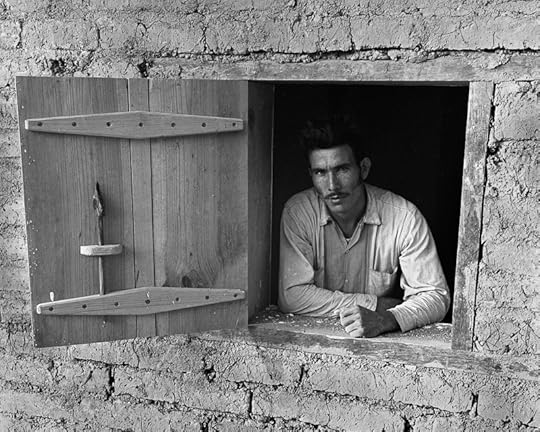
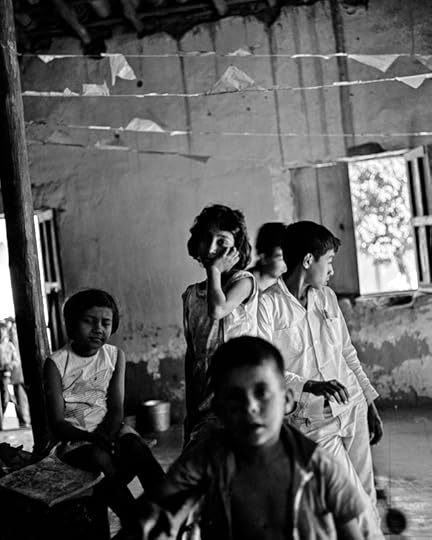
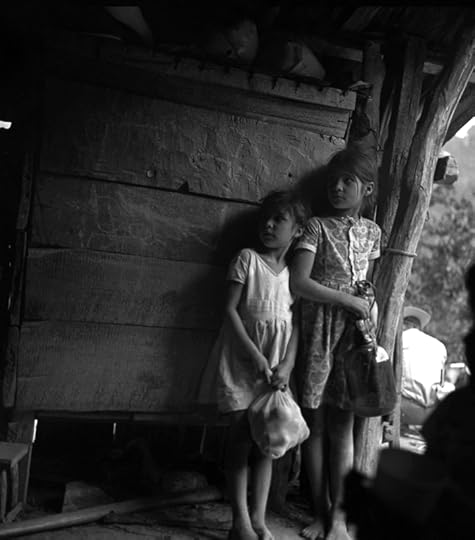
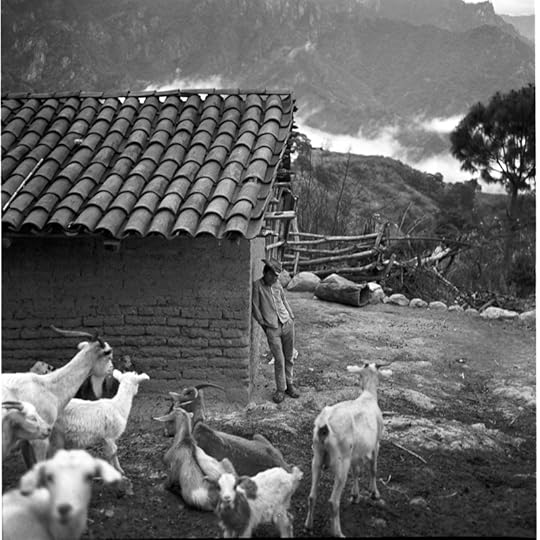

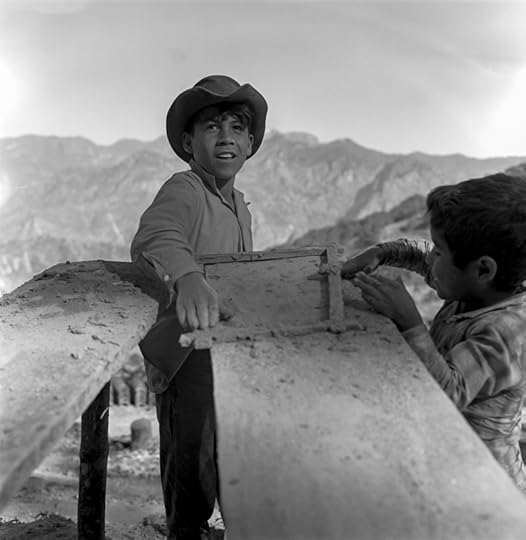
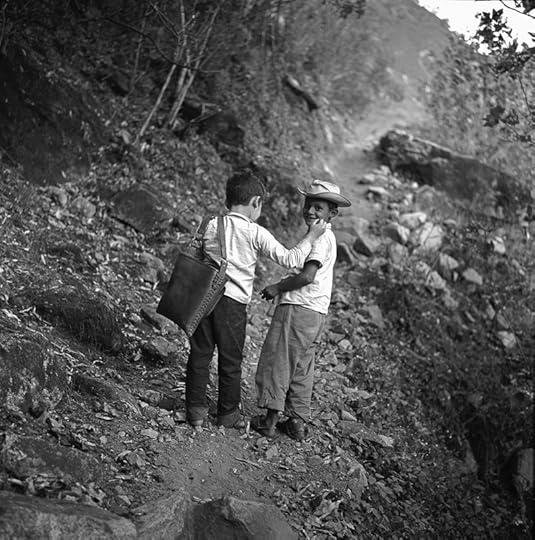
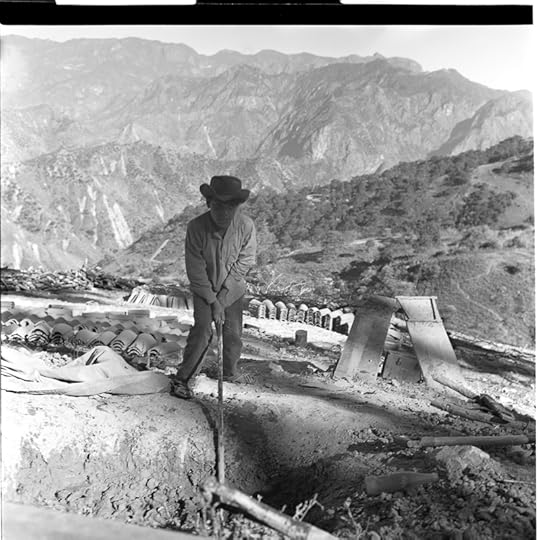
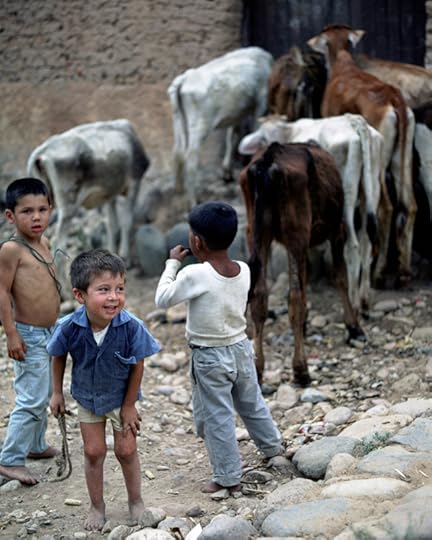
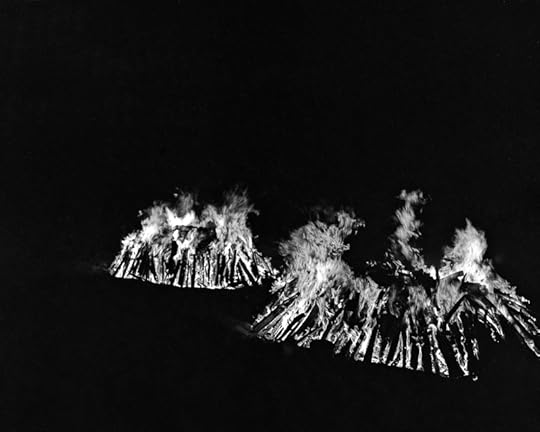
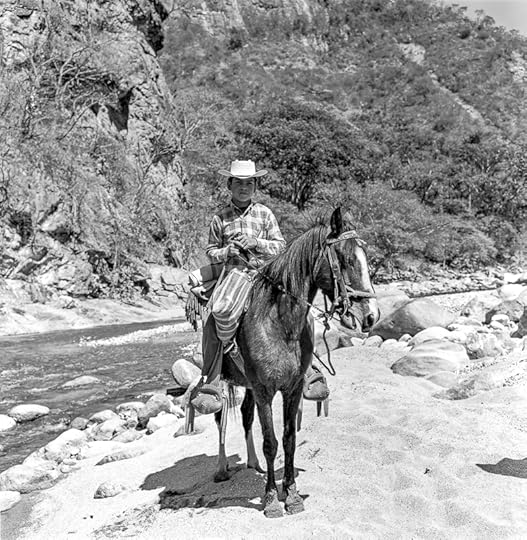 Important Links
Important LinksConnect with Marc Silber
Website | Instagram | Facebook | Twitter | YouTube
More content from this episode:
Why Photography Projects Can Help Improve Your Photography
Related Blog Post
Buy Create book here
Check out our merchandise
The post How You Can Find & Follow Your Passion For Photography – Ep 2 appeared first on Advancing Your Photography.
How to Find & Follow Your Passion as a Photographer
This is going to be one of the most important post I’ve ever written. It the most important because of the topic: how to find and follow your passion as a photographer.
Let’s start off with this word passion. Oxford defines passion as:
A strong and barely controllable emotionAn intense desire or enthusiasm for something.So when you put these two together as a photographer, you’ve got a strong emotion to capture what you have envisioned. You’ve got to go out and do something about it.
Now, what is your passion? Where is it? There’s some clues that different artists have left us. Pablo Picasso said,
“The purpose of art is washing the dust off of daily life, off our souls.”
Every day we get dust on our souls. Maybe more than just dust. That’s the purpose of art is to cleanse yourself of all that. That’s the core of this whole passion.

I’m going to tell you this story I wrote in my book Create (you can read more about it here). I attended three high schools: I went to a great high school in Vermont my Junior year. For my senior year, I went back to California to this massive cinderblock school, and it reminded me of a prison. One of the problems with this school is they rehashed everything I had already learned from the other school. And at one point I decided I was going to drop out of high school and hit the road, like Jack Kerouac.
Then I discovered that I had almost enough credits to graduate, all I needed was a social studies class. I found out I could go to Mexico for my last semester and work on a social project in the remote region of the Sierra Madre Mountains. After an amazing pitch to the principle, my plan was approved.
The most remarkable part of this is that I took a Rolex camera that my uncle had recently given me. I brought it with me to Mexico with dozens of rolls of black and white film. I documenting that trip was my passion. Our small group of five, together with locals, built a medical dispensary for that remote region. In between working I pulled out my camera and I kept photographing.

Here are some of the lessons I learned.
My protests and urge to flee the misery of high school prison didn’t get me out. In fact, I was more trapped and cut off than ever.Life began to dawn only when I stopped trying to escape and began to research and really look at my options.Tapping into the purpose to help others is what finally opened all the doors; even the principal couldn’t say no.I learned I had to work much, much harder for this taste of freedom. In high school, I was loafing along, 90% asleep. In Mexico we were building. We were working from dawn to dusk, cutting trees, making adobe lifting, tearing, sawing. But this hard work made me strong mentally, physically and spiritually.I was rewarded immensely by capturing some of my best photographic work and finding a new level of creativity.And finally, I learned that problems were solvable, not by running away from them but by looking for a real solution. Only then was I ever able to realize that after I decided to work on a higher purpose to help the people in this remote region in Mexico.I learned deep life-long lessons from this experience. Here are some of the images I captured.

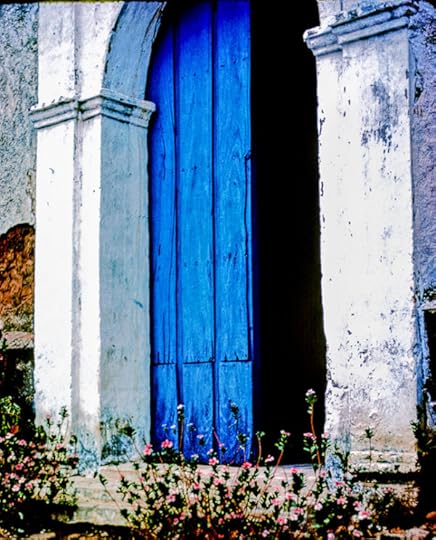
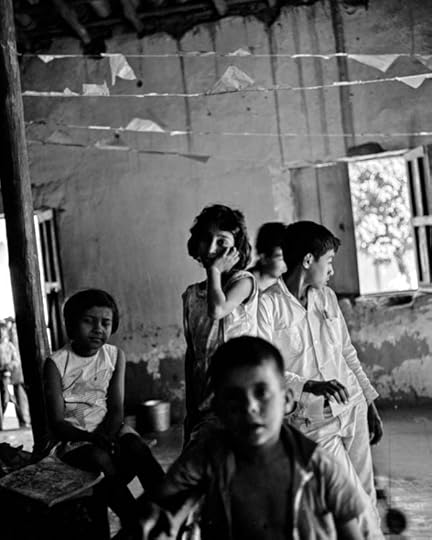
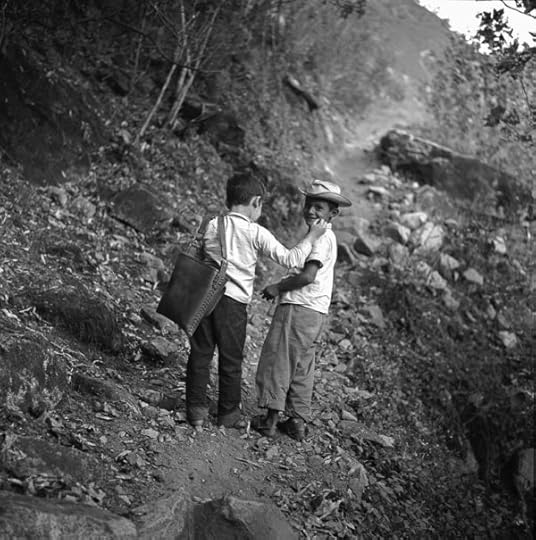
 How to Find Your Passion
How to Find Your PassionHow can you find your own passion? Here’s what you can do now to find your own passion and get started.
Look at work that really inspires you. I had a Henri Cartier-Bresson book that my dad gave me. I already had an idea of what kind of street photography resonated for me. Take notes about what it is that inspires you about the work. Look for your strong and barely controllable emotion. Edward Weston defined Composition as “the strongest way of seeing.” How can you portray whatever it is you see in front of you in the strongest way possible? And how can you tap into that emotion?Visualize your story, feel it, breathe it, live it!Then you go out and capture it. Capture it and you stay on it. I don’t care if you have to squeeze out a little bits of time here and there. That’s fine.Look at your images and compare them to the previous steps. How does it compare with what inspired you? Are you really getting those strong emotions into these images? Is it what you visualize?Go out and do it again.Finally, post your images on AYP Club and Instagram. Tell us your story. Tag me because I want to see your images. I want to hear what you are doing with this and join you on your journey.
Watch the live stream based on this blog here.
Be sure to keep an eye on our blog as we will be talking a lot more on this topic and what you can do to find and follow your passion.
The post How to Find & Follow Your Passion as a Photographer appeared first on Advancing Your Photography.
April 2, 2022
Making a Difference with Your Art in Today’s World – Ep 1
In 1937, outraged by reports and photos of the German air force’s bombing of civilians during the Spanish Civil War, Pablo Picasso painted Guernica, in response to the destruction of the town of that name. He used his art to spread the message around the world. Guernica has become a representation of every city ever bombed including the war in Ukraine.
Join me to talk about use our art to communicate and bring awareness of peace, or to its dichotomy, war. We can use our art to circle the globe and unite. It’s always been our role, now we must begin and no matter what, continue to connect and tell our stories through imagery, film, words, music — whatever our art form – all with the message to create peace and end the war.
Show NotesWays to #projectcreatepeace:
Tell your stories about war or peace.Connect with family/friends in war torn areas.Look into your family’s past.Research and get ideas.Ask people.People Mentioned
Pablo Picasso
Guernica Painting
Herman Makarenko
Concert in Maiden Square Video
Teru Kuwayama
My Interview with Teru Kuwayama
Mentioned Article
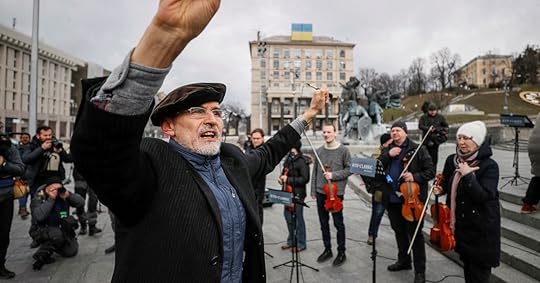
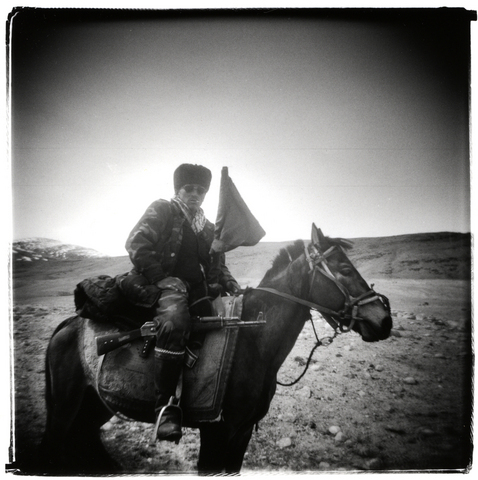
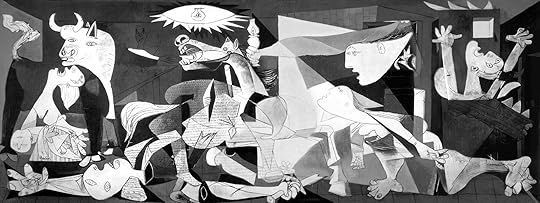 Important Links
Important LinksConnect with Marc Silber
Website | Instagram | Facebook | Twitter | YouTube
More content from this episode:
Exclusive Iraq & Afghanistan Photos – Teru Kuwayama
Related Blog Post
Buy Create book here
Check out our merchandise
The post Making a Difference with Your Art in Today’s World – Ep 1 appeared first on Advancing Your Photography.
April 1, 2022
Make a Difference in the World With Our Art
Today’s topic is something quite important. I recently posted on my Instagram about this, and I want to extend the question further. What is the mission of your photography? You have to have something that you wake up in the morning and you ask, “What am I here to do? Why am I pointing my camera at the world?” That comes from your mission. Your camera is a tool, it’s a tool for creativity, but it’s really a tool for communication. We can use it as a tool to help people and make a difference, and to help others.
The Oxford Dictionary defines help as:
The action of helping someone do something or assistance.Improve a situation or a problem; be of benefit.Now, we have quite a few problems in the world today, don’t we? And we can use our tools of creativity to help improve some of these situations. The first way to do so is to communicate what we see through our lenses in order to raise awareness.
We’re going to help unite and promote this by introducing the hashtag #projectcreatepeace. I would like you guys to use this when you post your photography and art on Instagram or anywhere you put it.
Peace is the other side of war. We’re not going to just focus on peace, because sometimes you have to tell the story of what you’re trying to help people overcome. That is our role as photographers. We go out and we tell stories with our cameras, we’ll see some examples from our AYPClub community, when we get into the next post. But first I want you to think about this first example of Pablo Picasso in 1937.
Pablo Picasso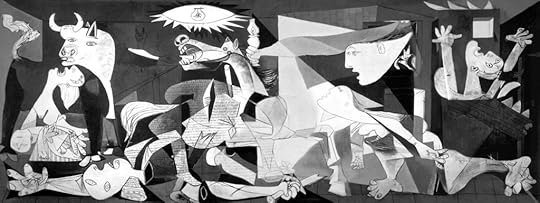
Pablo Picasso, Guernica, 1937. Image via FacingHistory.org
Picasso moved to Paris from Spain and he was horrified by what was happening in 1937 to his home country, he was outraged by the reports of the Germans bombing civilians during the Spanish Civil War. He painted Guernica in response to the destruction of the town of the same name. He used his art to spread the message, and it has become a representation of ever every city that has been bombed since then. It’s moving how he depicted this horror. And it really did move people around the world, and it still does.
Herman MakarenkoHere’s an example of a Ukrainian conductor, Herman Makarenko. Markarenko belongs to a U.N. organization, Artists for Peace. They have many artists to promote different efforts of peace and understanding. On March 9th, 2022 he held a concert in Maiden Square, which is the main plaza of Kyiv, the capital of Ukraine. He held a concert, a way to give relief to the people that were there and to stand in solidarity.
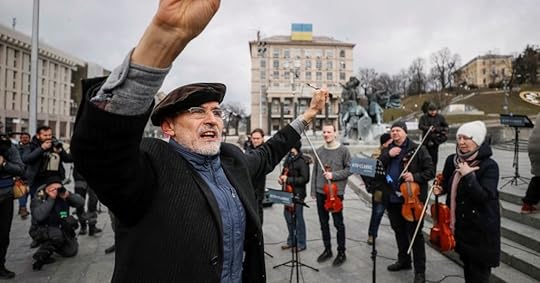
Herman Makarenko in Maiden Square, Kyiv, Ukraine. Via Reuters.
This is another example of how you can use your art. It’s not just about the storytelling, but it’s also giving some relief. Can you imagine these people the night before had been in a safety shelter underground? But here he is, holding a fairly lively concert. Pretty powerful stuff because he’s using his art to help these people. Remember that definition of help that I gave you above. It’s giving some assistance to overcome a problem or a situation, and there certainly is a big situation there. This is how you make a difference in people’s lives.
Teru KuwayamaOne of the photographers I interviewed in 2009 is Teru Kuwayama. Teru said:
“A world history and a cautionary tale are written here in the fragments of past superpowers and in the faces of the descendants of history’s great empires.”

An ethnic Kyrgyz member of the Afghan border militia, on horseback, with AK47 and Afghan flag. Wakhan Corridor, Badakhshan province, Afghanistan. April 2005. Via Teru Kuwayama.
Kuwayama went to Mongolia and Afghanistan for a powerful series of photos. You can find the article here. Something interesting about Teru is that he photographs with toy cameras. This is because he doesn’t want to take expensive equipment in war areas that could be stolen or damaged. These are really amazing photographs telling the story of endless war. And he obviously had a mission here: his mission was to show this area that generation after generation had gone through war. And he’s picturing it here so people can see it. We at least know what’s happening and maybe we can do something about it, but we should also be informed. These images were filmed in probably 2005, but many of them could almost be from 100 hundred years ago, like the example above.
Watch the live stream based on this blog here.
Be sure to keep an eye on our blog as we will be coming out with a part 2 of this blog post where we will talk about how YOU can make a difference in the world with your own photography. And be sure to get started using #projectcreatepeace on your images about helping bring us to peace. Cover photo is by Gleb Garanich from Reuters.
The post Make a Difference in the World With Our Art appeared first on Advancing Your Photography.
January 13, 2022
You’ve Set Your Goals for 2022, Now What?
Now that you’ve stated your goals, how do arrive at the accomplishment of them?
You don’t want your bright and shiny goals to get lost like all those past New Year’s resolutions (photograph every day, put together my portfolio, exercise more, don’t eat____, walk the dog every day, clean my office, garage, car, etc., be nice to____) These often start to fade by the end of Jan 3rd!
Once you have goals, what’s the next step?
Strategic planning. Oxford defines “strategic” as: “Relating to the identification of long-term or overall aims and interests and the means of achieving them.” Also, “Carefully designed or planned to serve a particular purpose or advantage.”
This applies to each of us as individuals, as well as to our practices. What are your directions and your strategy to get to your goal, and what are your decisions about allocating your resources?
It can boil it down to determination and getting to know more about your tools of management (see 3 above “Knowledge is power.“)
Here’s a simple example from Annie Liebovitz’ new book At Work:
“The first thing I did with my very first camera was climb Mt Fuji. Climbing Mt Fuji is a lesson in determination and moderation. It would be fair to ask if I took the moderation part to heart. But it certainly was a lesson in respecting your camera. If I was going to live with this thing, I was going to have to think about what that meant. There weren’t going to be any pictures without it.”
Boils it down to determination and getting to know her camera, and as she said later, taking it with her everywhere, shooting tons of pictures.
Ansel Adams came up with the strategy of moving photography from simply being a recording device, to using the whole process as a means to capture and show the world what he visualized. Remember that we largely have him, and his pals, to thank for moving photography from being simply another tool for illustrations to being a fine art—something we tend to take for granted. He operated on a long-term strategy to accomplish that goal.
So now that you have your goals worked out, lets define your strategy, get out your paper and do this (and yes leave them as comments too so we can learn from you.)
What are your decisions and your directions to yourself? Yours could be as simple as “take at least one shot a day, even if it’s with my iPhone!”What are your resources? This includes your time, equipment, classes, models, etc. Just take a good look around. In an upcoming episode of PhotoShow you’ll hear Thomas Hawk talk about how he steals moment during the day to get shots— waiting for a meeting to start, or walking to one—just grab those moments and fill them with your shots!Now get clever and work out your strategy to make use of these points to arrive at your goals.The post You’ve Set Your Goals for 2022, Now What? appeared first on Advancing Your Photography.
You’ve Set Goals for 2022, Now What?
The post You’ve Set Goals for 2022, Now What? appeared first on Advancing Your Photography.



